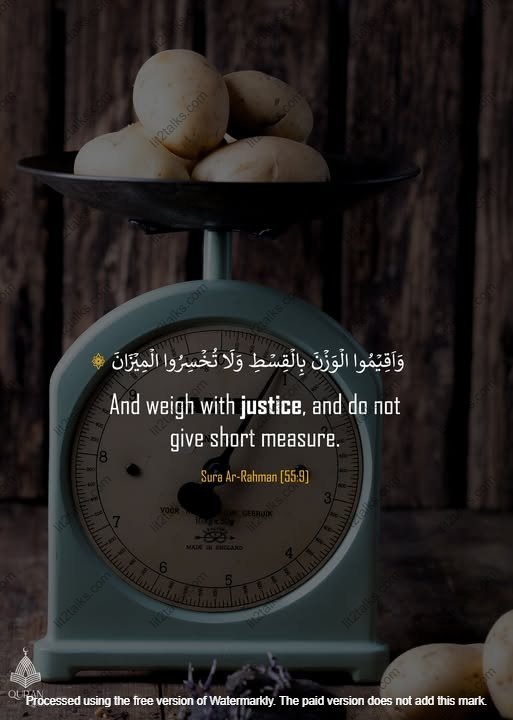I picked up How to Be a Gentleman at a time when the world felt increasingly rude—where social media rewarded outrage, common decency seemed forgotten, and the idea of "gentlemanly behavior" felt like a relic of the past. Then I met John Bridges’ revised and expanded guide, not as a scolding etiquette manual, but as a refreshing reminder: Good manners aren’t about stuffy rules—they’re about respect, kindness, and making the world a little more pleasant for everyone.
This book isn’t just about which fork to use (though it covers that too). It’s about how to move through life with grace, confidence, and consideration—whether at work, online, or in love. Here are five timeless lessons that stayed with me:
1. A Gentleman’s Strength is in His Courtesy
Bridges dismantles the myth that politeness is weakness. True gentlemen don’t dominate conversations—they listen. They don’t flex status—they put others at ease. From holding doors to writing thank-you notes, small acts of respect create lasting impressions. "Manners are the quiet way of showing you value people."
2. Dress Well—Not to Impress, But to Respect
Clothing isn’t about vanity; it’s about appropriateness. Bridges offers practical advice on dressing for occasions (from job interviews to casual outings) without obsession over labels. The key? "Look like you made an effort, even if it was effortless."
3. Digital Manners Matter Just as Much as In-Person Ones
The revised edition wisely addresses modern pitfalls—ghosting, oversharing, or texting at the dinner table. A gentleman doesn’t hide behind screens; he communicates with clarity and kindness. "If you wouldn’t say it face-to-face, don’t type it."
4. Chivalry Isn’t Dead—It’s Evolved
Holding chairs isn’t outdated, but condescension is. Bridges redefines chivalry as "attentiveness without assumption"—whether offering a seat to someone who needs it or respecting boundaries in dating. "Treat women as equals, but never forget to be thoughtful."
5. Grace Under Pressure is the Ultimate Test
Anyone can be polite when things go well—but a gentleman remains composed (and kind) when plans collapse, tempers flare, or mistakes happen. Bridges emphasizes apology, adaptability, and humor. "Losing your cool never fixes anything. Keeping it might."
How to Be a Gentleman is a call to reclaim civility without pretension. In a world that often confuses brashness for confidence, Bridges reminds us: True gentlemen stand out not because they demand attention, but because they give it freely. After reading, I didn’t just polish my shoes—I reevaluated how I show up for others. And that’s manners at their best.























.jpg)



.jpeg)




.jpeg)
.jpg)







.jpg)










.jpeg)


.jpeg)



.jpg)


.jpeg)






.jpg)




.png)










.jpg)


.jpg)

.jpg)




